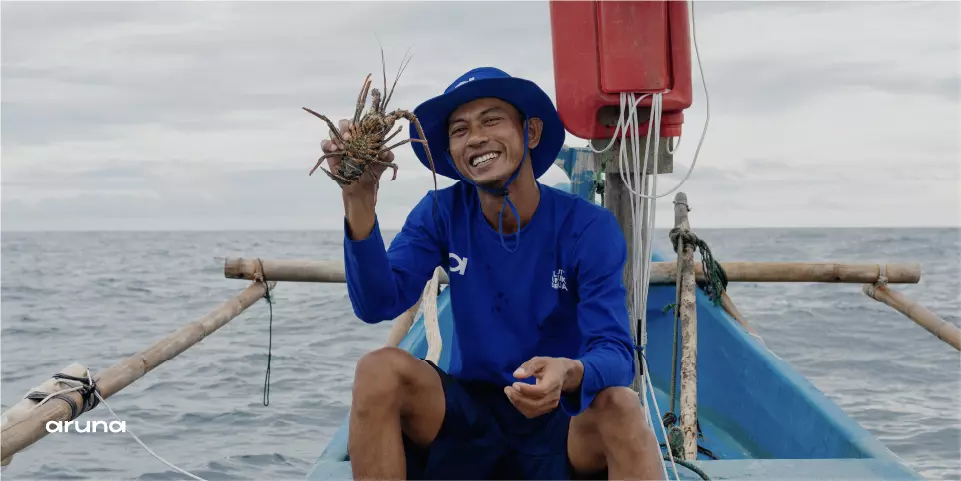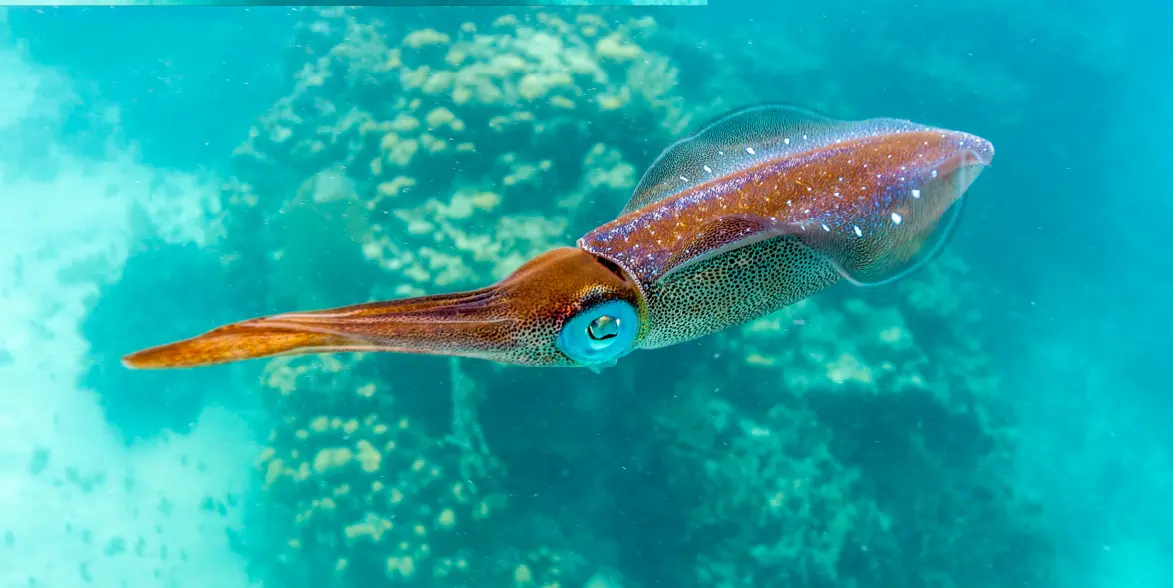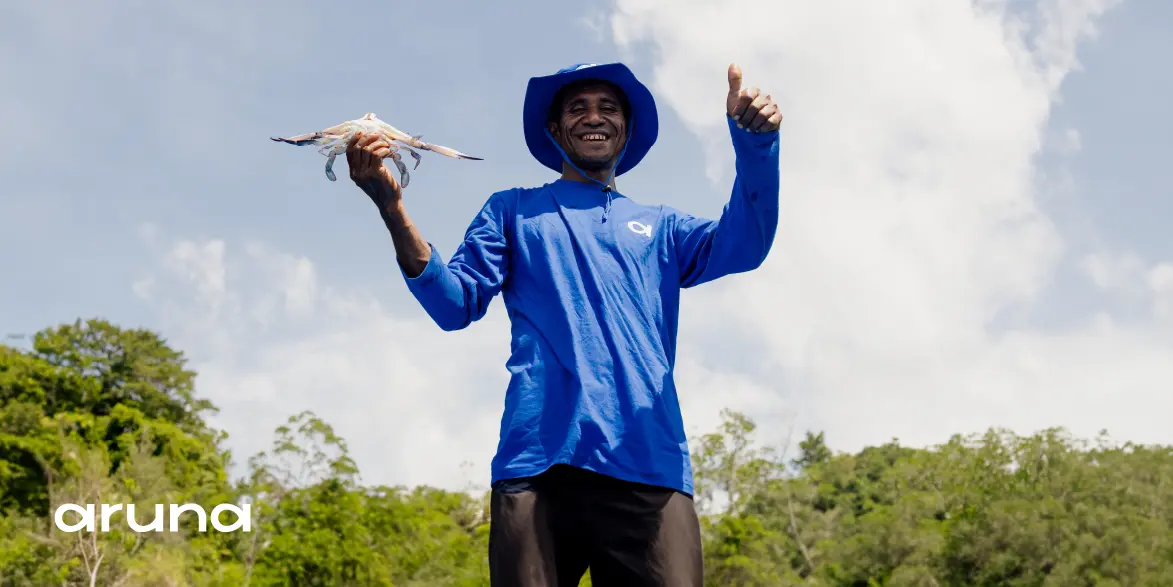Two-thirds of the Republic of Indonesia’s territory consists of oceans with an area of up to 3.257 million square kilometers. It is no wonder that the government has made the sea the axis of development, namely by taking the blue economy course and the vision of making Indonesia the world’s maritime axis. In order to advance marine fisheries in Indonesia, the government is promoting the downstreaming of fisheries. “It’s huge, (but) we haven’t fully utilized its potential,” said President Joko Widodo (Jokowi) when delivering a speech at the 2023 Annual Meeting of the Financial Services Industry on Monday, February 6.
The government, through the Ministry of Marine Affairs and Fisheries, is preparing a strategy to strengthen the competitiveness of marine and fisheries products by downstreaming. The Secretary of the Directorate General for Strengthening the Competitiveness of Marine and Fisheries at the Ministry of Marine Affairs and Fisheries (kkp) Machmud, in the Ocean Talk webinar: How Realistic are the Options for Export Downstreaming and Processing of Marine Products?, held by Ocean Solution Indonesia on Thursday, February 16, stated that this downstreaming strategy includes increasing production, meeting global market product standards, increasing raw material supplies, and utilizing fisheries, quality assurance, and third-party certification.
Downstreaming Must Prioritize the Fate of Small Fishermen
Riza Damanik, as the Chairman of the Indonesian Marine Scholars Association (Iskindo), reminded that the government’s step to downstream fisheries and marine products must involve small fishermen, as Indonesia’s fisheries industry is highly dependent on traditional and small-scale fishermen. Indonesia can also learn from several countries that have successfully applied downstreaming in their marine fisheries sector, such as Vietnam, Thailand, China, and the United States.
“Small fishermen must be the main actors. With the economic structure of the city’s fisheries, which 96 percent is owned by small and traditional fishermen, it is impossible for the downstream sector to grow if the upstream is not healthy,” said Riza in the Iskindo: Innovation and Policy Forum discussion in the Pasar Minggu area, South Jakarta, on Monday, February 20. One example is the insurance program for fishermen and boats regardless of size, which has been successfully implemented by Thailand and Vietnam, so that the downstreaming of the industry can proceed. The success story of China’s downstreaming of fisheries, in which insurance is given to fishermen and their boats, is evidence that the government does not leave fishermen behind in achieving success.
Hilirization in Marine Fisheries Cannot Be Generalized Like in Other Sectors
The strategy of hilirization in the fisheries industry cannot be generalized like in other industries. Therefore, the government needs to carefully map out which fisheries commodities are suitable for hilirization because not all processed fisheries products get better value and prices. In fact, some products will get the best price if they are exported in a raw and fresh condition.
In addition to boosting the economy, hilirization of fisheries products also benefits processed seafood suppliers because they no longer need to import products that are already available domestically. Of course, the success of hilirization depends on the establishment of balanced policies for all parties, including small, medium, and large economic actors. Therefore, Aruna, as a supply chain aggregator company that continues to encourage small-scale fishermen to improve their livelihoods through sustainable fisheries, proactively welcomes the government’s steps regarding the hilirization issue through the Ministry of Maritime Affairs and Fisheries (KKP).
So far, Aruna has collaborated with coastal communities to process fisheries products, not only to increase income but also to reduce the amount of fishing waste. Socialization and assistance for small fishermen must be carried out intensively until they can improve their livelihoods and production results. Of course, given the geographical conditions of our country, the assistance for fishermen requires the involvement of non-governmental actors, such as corporations, academia, and civil society organizations.











Leave a reply
No comments found.